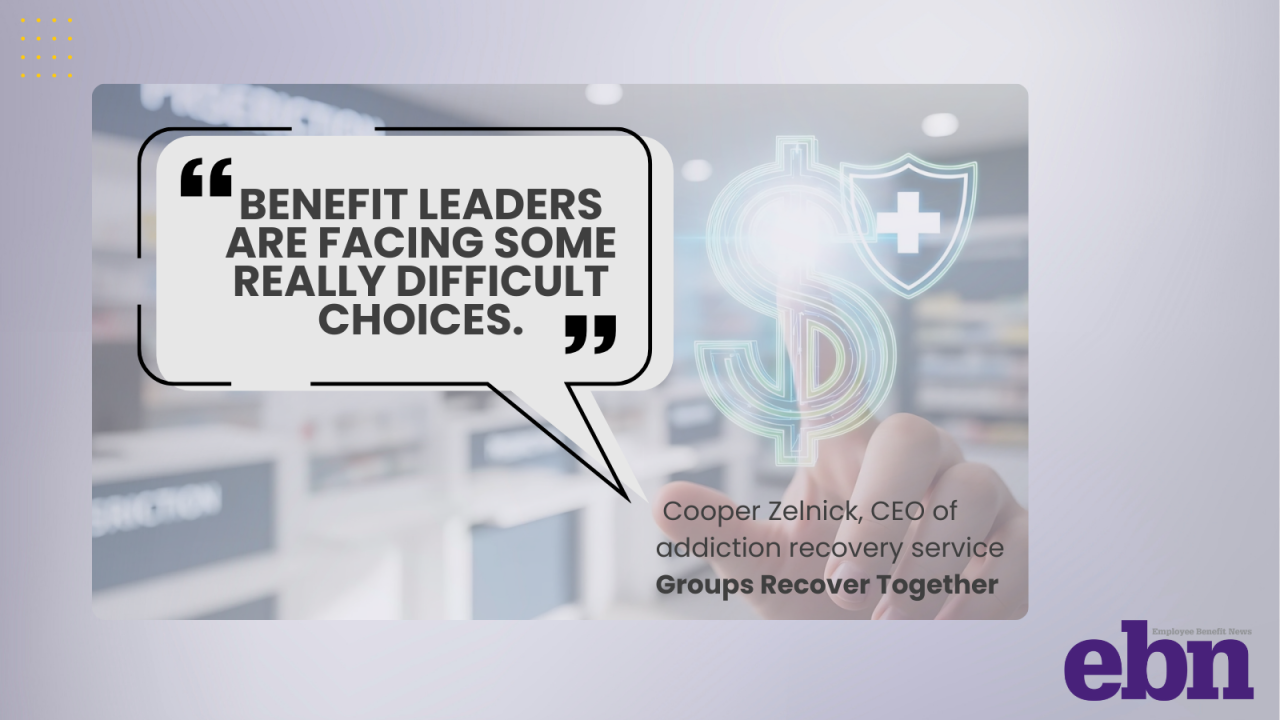As economic instability continues to
According to the annual Protected Retirement Income and Planning (PRIP) Study, 30% of workers ages 61 to 65 are now considering postponing retirement. This demographic is known as "Peak 65," due to the unprecedented number reaching retirement age this year. Their top concerns include persistent inflation, market volatility and deepening uncertainty about the future of Social Security.
The survey findings paint a picture of growing anxiety around
"The Peak 65 surge, chaotic changes at the Social Security Administration, and heightened fears over Social Security's future are a trifecta of worries prompting many to claim benefits early," Jason Fichtner, Executive Director of the Alliance's Retirement Income Institute, said in a release.
Read more:
A shift toward annuities
Faced with client concerns, 65% of financial advisers and plan sponsors say they've altered their approach to retirement planning in the past year. Half of them are allocating
Sixty-four percent of future retirees between 45-75 years old said they'd prefer to put $100,000 windfall into an annuity — underscoring the growing consumer desire for protected, predictable income.
"Just as businesses hesitate to make big moves in times of economic uncertainty, many working Americans are afraid of taking the leap into retirement," Jean Chatzky, education fellow with the Retirement Income Institute and CEO of HerMoney, shared in the release.
Social Security confidence dwindles
More than half (58%) of adults ages 45 to 75 now fear that their
Read more:
Adding to the stress, 47% of retirees report that spending in retirement causes them anxiety. Many are feeling the pinch: 41% are actively trying to cut back, 11% are seeking part-time work, and more than half (51%) of those who returned to the workforce say they did so for financial reasons.
Retirement planning by generation: What benefit leaders can do
As employees move through different life stages with vastly different financial realities, benefit leaders have a critical role to play in supporting them with tools and guidance tailored to their needs.
For Generation Z employees — those just entering the workforce — early engagement is essential. Benefit managers should prioritize programs that build foundational financial literacy, promote long-term saving, and encourage Roth 401(k) contributions. Automatic enrollment features and employer matching can make a powerful difference, while gamified wellness platforms and student loan repayment programs tied to retirement matching can improve both engagement and outcomes.
Read more:
Millennials, now in their late 20s to early 40s, are shifting their priorities to balancing competing priorities like homeownership, debt reduction and saving for the future. Employers can support this group by offering holistic financial planning tools that integrate retirement goals with other life-stage needs. Health savings accounts (HSAs) should also be promoted, not just for current medical costs but as long-term retirement planning vehicles.
Generation X, often referred to as the "forgotten generation" of retirement planning, is now in their 40s and 50s and feeling the pressure to catch up. With only 35% of Gen X respondents confident in their ability to create a retirement income plan, benefits teams can make a major impact by promoting catch-up contributions, providing robust financial counseling, and offering tools that model Social Security claiming scenarios. This group is particularly interested in stability, so offering annuity or protected income options could resonate strongly.
Read more:
For baby boomers, many of whom are at or near retirement age, the priorities shift to managing decumulation, understanding income guarantees, and ensuring a smooth transition out of the workforce. Employers should offer education on annuities and Social Security optimization, phased retirement pathways, and part-time work opportunities. Resources around estate planning, Medicare, and long-term care are also critical to this group's quality of life and financial security.
As economic headwinds persist, retirement planning is no longer one-size-fits-all. Benefit leaders have an opportunity — and a responsibility — to provide generationally relevant tools, guidance and resources that help employees retire with confidence. By prioritizing education, personalized planning, and income protection strategies, employers can better support their workforce through this significant transition.






